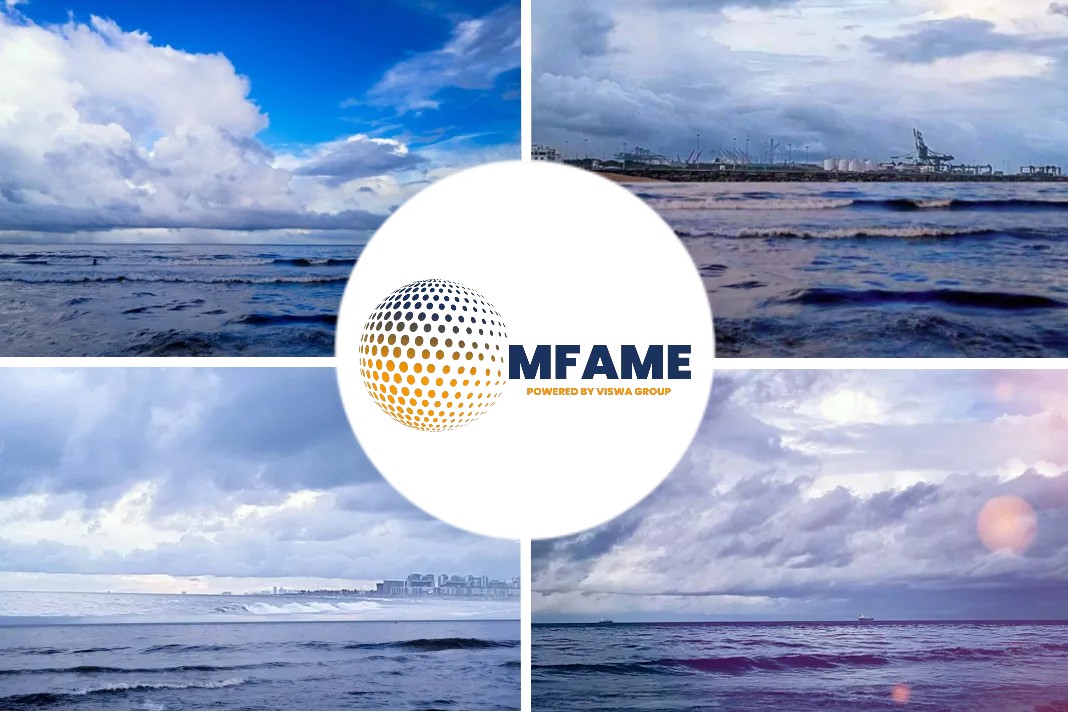- Decrease in VLGC freight rates in Asia and improving US rates are pulling ships to the West from the East.
- VLGC rates on the Persian Gulf to Japan route have slid to near four and half-month lows of around $52/mt.
- Houston to Japan route is holding near one-month highs of around $107/mt or more. The U.S. propane stocks hit more than nine-month highs at 83.3 million barrels for the week.
- Market sources estimate shipments to arrive in Asia in September at around 2.3 million mt, a level that could be repeated for cargoes loading next month for October arrival.
According to an article published in Platts, declining VLGC freight rates in Asia and improving US rates are pulling ships to the West from the East to pick up growing volumes of LPG tonnes from the US Gulf to global markets.
VLGC rates decrease
VLGC rates on the Persian Gulf to Japan route have slid to near four and half-month lows of around $52/mt, while freight on the Houston to Japan route is holding near one-month highs of around $107/mt or more, S&P Global Platts data show.
The East is seeing more vessels being relet as congestion at Indian ports over March to July, following the pre-election stockpiling, is being cleared, traders said. Some prompt vessels had to fix cargoes up to four weeks ahead, not including current waiting time, they added.
United States stocks take a hit
US propane stocks hit more than nine-month highs at 83.3 million barrels for the week ended August 2 as production starts at new export terminals, US Energy Information Administration data showed.
Market sources estimate shipments to arrive in Asia in September at around 2.3 million mt, a level that could be repeated for cargoes loading next month for October arrival, as additional capacity is being offered at the US Gulf.
They said the large August-loading shipments came despite the cancellation of one end-August loading cargo — the first since February — probably due to shortage of ships.
An increasing number of vessels choosing west
This might also explain why “a lot of“ vessels are being ballasted West, where several FOB US Gulf trades were heard to have been concluded, including those bound for Latin American markets, trade sources said.
“One of the main reasons for vessel repositioning from East to West is the imbalance of vessels East versus West, with too many vessels in the East due to upcoming demand. So, the West have been shorter on vessels,“ one shipping source said.
“Hence spot rates West have increased, while East has dropped. Vessels are put in ballast in order to establish more equality,“ he said adding that the delta in the Baltic LPG index East versus West is now about $20/mt, in favor of the West.
Recovery expected
Some sources said the downtrend in VLGC rates in the East could be short-lived, as more vessels are pulled West.
Middle East producers such as ADNOC, Saudi Aramco and Qatar Petroleum are also keeping their acceptances of September-lifting term cargoes at full volumes and largely at nominated dates, which could steady VLGC rates after the supply of relet vessels is cleared off, they said, pointing to the rebound seen in rates late Monday.
Middle Eastern producers are also seeing a recovery in Indian demand, after a hiatus in recent months to help clear a stock backlog.
“Indian demand returned indeed, but that did not change much in our program,“ one Middle Eastern producer said. “Although they did ask for additional tons, we were unable to supply any additional quantities.”
Increased VLGC’s have been delivered
The world is seeing more very large gas carriers, with four new buildings delivered in Q1, while the global VLGC newbuild order-book at end-April stood at 38 vessels, or 14.1% of the total VLGC fleet of 269 vessels, shipping giant BW LPG said recently.
There are 15 vessels are set for delivery during the rest of the year, 18 in 2020 and five in 2021, while 13 vessels will be recycled over the same period, leaving the net growth in vessel number at 9.3%, BW LPG said.
One trader said rates in Asia would also rebound ahead of the International Maritime Organization’s move to cut bunker fuel sulfur limits to 0.5% from 3.5% next year.
“Yes, I think rates will start recovering as we go into Q4 as we have IMO 2020, which will cause a lot of disruption,“ the trader said.
Did you subscribe to our daily newsletter?
It’s Free! Click here to Subscribe!
Source: Platts


























